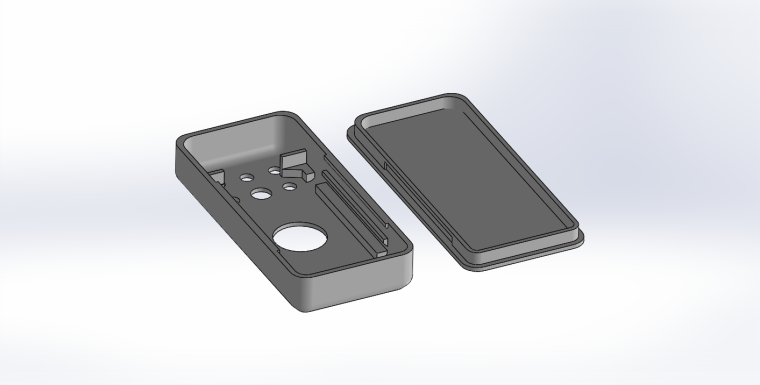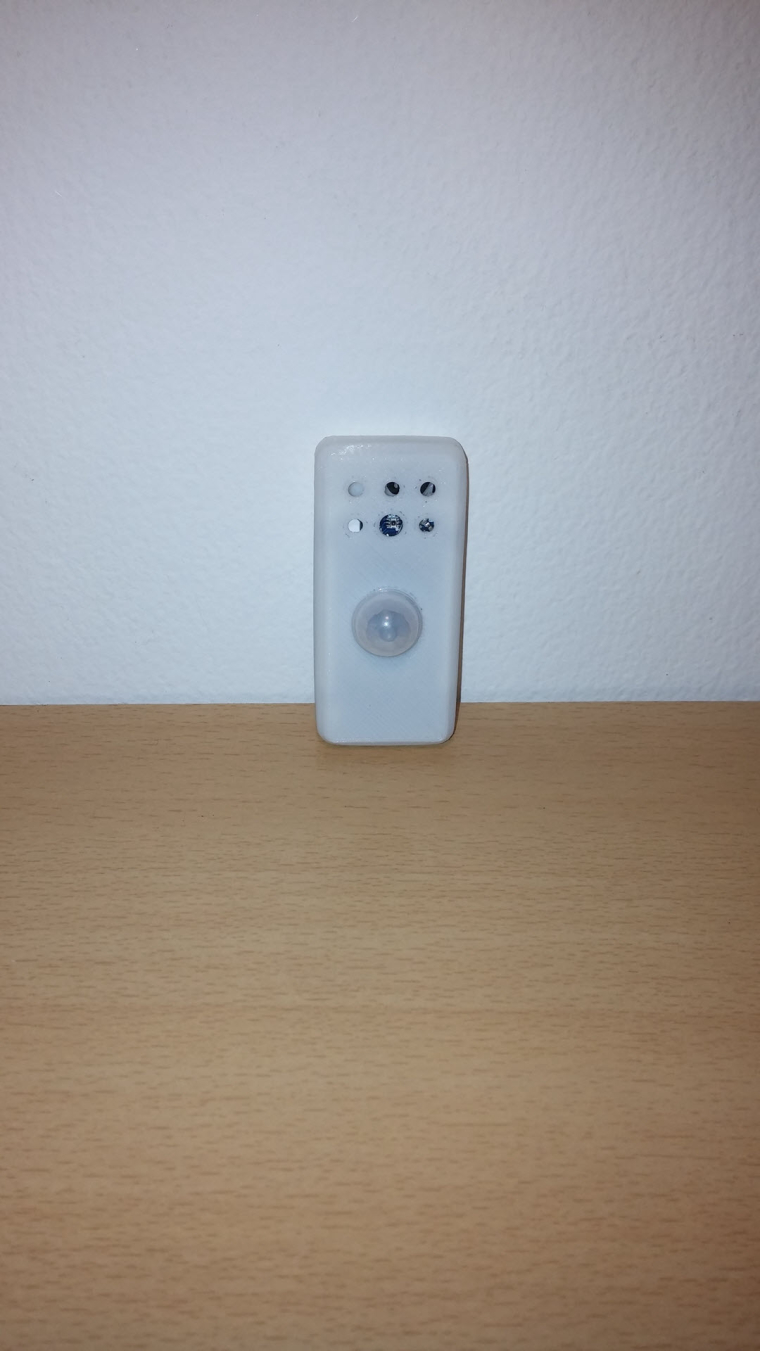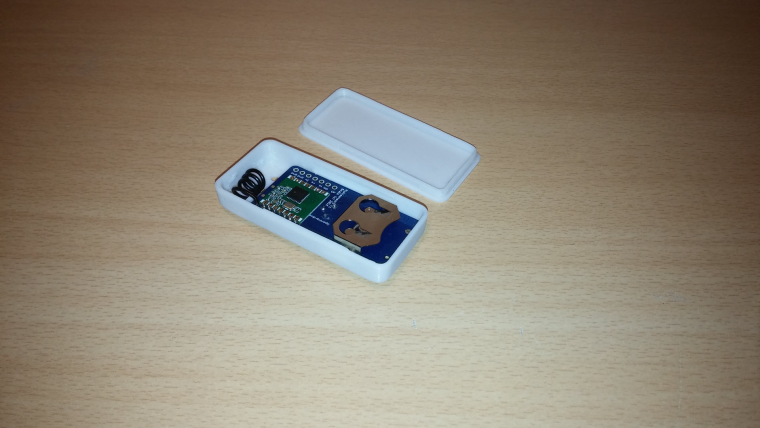💬 MyMultisensors
-
Hey!
Sorry for being so late, too much pending projects :)
but here is how looks the custom box for my project. I need to polish a few things, especially sort of mounting plate, then i'll release my stl.
Box is 62x29x 11.6mm
No nails no screws.
i don't like to search my screwdriver or needing screws, or a shorting circuit screw.. So when i can i prefer snaps!
And in real


See you soon!
-
Hey!
Sorry for being so late, too much pending projects :)
but here is how looks the custom box for my project. I need to polish a few things, especially sort of mounting plate, then i'll release my stl.
Box is 62x29x 11.6mm
No nails no screws.
i don't like to search my screwdriver or needing screws, or a shorting circuit screw.. So when i can i prefer snaps!
And in real


See you soon!
@scalz Very good work dude ! What about de V2 ? because i want to build this awesome node but i have read somewhere, you are working on the V2 ;)
-
oki.
v2 won't be released soon (not this month sure) because i miss time, also it's not mysensors compatible yet. and not rfm69 too ;) -
oki.
v2 won't be released soon (not this month sure) because i miss time, also it's not mysensors compatible yet. and not rfm69 too ;)@scalz Oki. And for the nrf24 version ? :)
-
Unfortunately this circuit and pcb contain a little mistake in reverse polarity protection module. Q1 must be connected as on the following diagram

So just reverse connections of drain and source of Q1, and the next version of your board will contain correct reverse polarity protection :wink:
PS
Otherwise your circuit will be powered through mosfet body diode (with a drop to ~0.6V of course) when polarity is crossed. :anguished: -
@Koresh thx for feedback :+1: Files are now updated and added a note
@tonnerre33 sorry for late reply. yes this will be nrf24 compatible, not rfm69. i'll try to show something soon, time does not help me!
-
@Koresh thx for feedback :+1: Files are now updated and added a note
@tonnerre33 sorry for late reply. yes this will be nrf24 compatible, not rfm69. i'll try to show something soon, time does not help me!
@scalz nrf24 for the V1 or V2? Because if V2 isn't mysensors compatible, i prefer use V1 but in nrf24 version ;)
-
So there is no option yet to order complete boards with components in place from manufacturarer? Or am i not getting openhardware correct. Order 10 PCBs will just get me the pcb right?
@Yeitso you are right, 10pcbs order will just give you the pcb ;)
-
I'm finalizing the nrf24 version because it's a nice board, that would be too bad for nrf24 user
Did you finish the nrf24 version @scalz ?
-
@tonnerre33 sorry for delay. yep, sure i finished it a while (rev 1.1 nrf), never ordered it, i use rfm for this node. but i'll upload this week oki
-
@tonnerre33 sorry for delay. yep, sure i finished it a while (rev 1.1 nrf), never ordered it, i use rfm for this node. but i'll upload this week oki
@scalz Thx a lot ! I tried to replace the transmitter myself but the routing is too hard for me.
I'll try to check the schema before order the board ;)
-
@alexsh1 thx :)
memory ok if sketch optimized (radio driver footprint too) and without much debug msg.
V2 will improve memory, cost and device size (will be 9in1 this time so i needed more mem) but for nrf24 networks only. i should release it soon if i can get rid of a little sw bug.. -
@alexsh1 thx :)
memory ok if sketch optimized (radio driver footprint too) and without much debug msg.
V2 will improve memory, cost and device size (will be 9in1 this time so i needed more mem) but for nrf24 networks only. i should release it soon if i can get rid of a little sw bug..@scalz Would also be very interested in buying assembled modules. But why no more RFM69?
